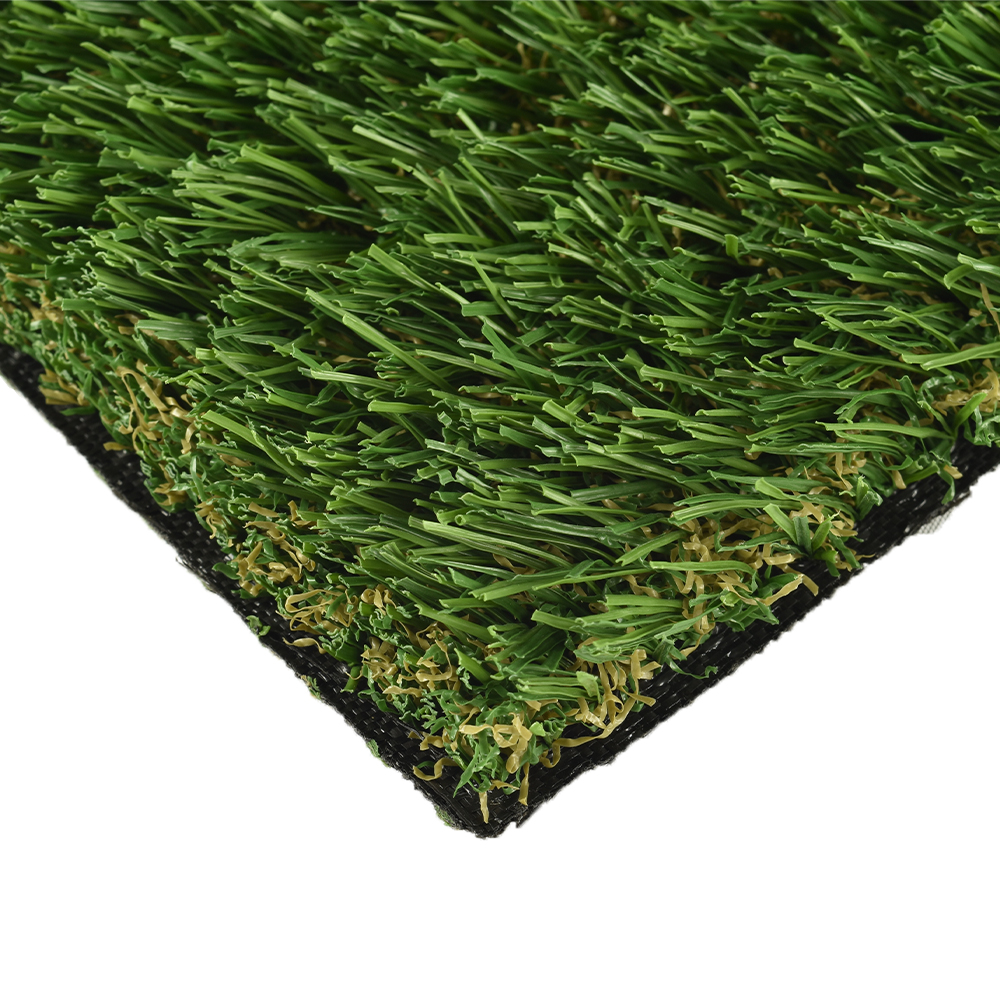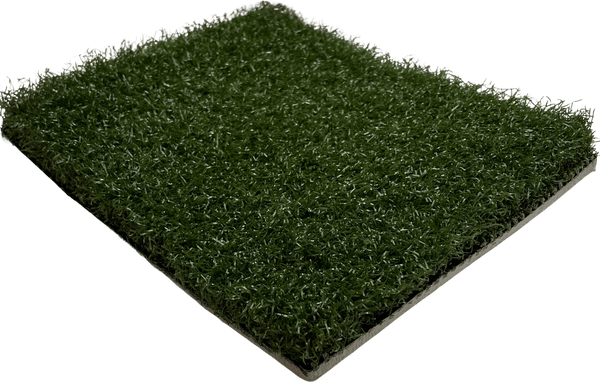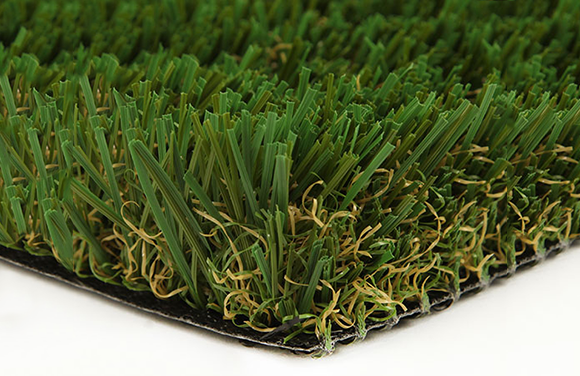Reliable Artificial Turf Companies Phoenix for a Attractive and Evergreen Lawn
Reliable Artificial Turf Companies Phoenix for a Attractive and Evergreen Lawn
Blog Article
Explore the Environmental Advantages of Opting for Synthetic Grass Solutions
The adoption of synthetic turf remedies provides a compelling opportunity to address pushing environmental obstacles. By considerably decreasing water use and reducing the application of damaging chemicals, these choices not just promote lasting landscaping but additionally safeguard local environments. The lower carbon impact linked with lowered upkeep activities contributes to an extra lasting approach to land monitoring. The ramifications of these advantages extend beyond plain conservation initiatives, raising concerns concerning their long-term effect on habitat preservation and general eco-friendly balance. Discovering these measurements reveals a complicated interaction worth considering.
Water Conservation Advantages
One of one of the most considerable benefits of man-made grass is its ability to save water. Conventional turf lawns call for substantial irrigation, specifically in locations susceptible to drought or water limitations. In contrast, artificial turf does not need watering, dramatically lowering the total demand for water resources. This attribute is specifically helpful in deserts where water deficiency is a pushing worry.
By removing the requirement for regular watering, fabricated lawn adds to sustainable landscape techniques and assists mitigate the environmental influence of excessive water intake. Additionally, the preservation of water prolongs to the decrease of overflow, which can result in dirt erosion and waterway pollution.
Additionally, the setup of synthetic grass allows communities and home owners to allot water resources much more effectively, concentrating on vital usages such as drinking water and agriculture. The shift towards fabricated lawn not only promotes responsible water usage however additionally straightens with broader ecological goals targeted at protecting natural deposits.
As communities progressively prioritize sustainability, the water preservation advantages of synthetic grass provide an engaging instance for its fostering in commercial and household landscaping jobs.
Reduced Chemical Usage
The transition to synthetic grass substantially lowers the dependence on chemical therapies typically utilized in all-natural turf maintenance. Conventional lawn monitoring generally involves the application of fertilizers, herbicides, and chemicals to promote development and control pests. These chemicals can position dangers to human health and wellness, local wild animals, and the setting, adding to soil and water contamination.
In comparison, man-made grass gets rid of the demand for these dangerous compounds. By decreasing the launch of artificial compounds into the community, fabricated turf promotes healthier soil and water systems.
Furthermore, the lack of chemical runoff related to synthetic grass installments aids protect local waterways from air pollution, supporting aquatic life and preserving biodiversity. Artificial turf companies phoenix. As areas increasingly focus on sustainable techniques, opting for synthetic turf offers a feasible solution that aligns with ecological preservation objectives. Through this change, residential or commercial property owners can appreciate lush environment-friendly rooms without endangering eco-friendly health and wellness, leading the way for a much more lasting future
Reduced Carbon Impact

In addition, the installment of synthetic grass can result in significant water preservation. Natural yards need substantial quantities of water for irrigation, which not only contributes to the carbon footprint connected with water removal and treatment however additionally pressures local water resources. why not check here In comparison, artificial lawn requires marginal upkeep, calling for no watering, therefore significantly minimizing water usage and its linked power prices.
In addition, the longevity of artificial lawn adds to its decreased carbon influence. With a life-span of as much as 15 years or more, the need for frequent substitutes is reduced, leading to less waste and lower energy usage in manufacturing and taking care of typical grass choices. In general, synthetic grass presents a lasting option for environmentally aware landscape design.
Environment Preservation
Environment preservation is a crucial consideration in the argument over landscape design selections, specifically when contrasting fabricated lawn to all-natural grass. Natural grass yards commonly call for extensive maintenance, including the usage of plant foods, herbicides, and chemicals, which can negatively affect regional environments. These chemicals can seep right into the dirt and waterways, harming native flora and fauna and interfering with local habitats.
On the other hand, synthetic grass offers an opportunity to lower the environmental impact of landscaping. By choosing artificial grass, house owners can lessen the disruption of natural environments related to traditional yard treatment techniques. Synthetic grass gets rid of the requirement for unsafe chemicals, thus safeguarding close-by wildlife and keeping the honesty of bordering ecological communities. The setup of man-made lawn can lead to the conversion of previous lawn areas right into even more biodiverse landscapes, such as pollinator yards or indigenous plant areas, which can support neighborhood wildlife.
Ultimately, the change to artificial lawn not just saves water and decreases upkeep initiatives however also promotes a much more unified relationship between human tasks and the native environment, promoting habitat conservation at the same time.
Long-Term Sustainability
Long-lasting sustainability is a vital element in examining the benefits of synthetic grass over traditional grass lawns. One of one of the most considerable advantages of fabricated grass is its resilience; it can last as much as 15-20 years with minimal maintenance, whereas natural grass requires frequent reseeding and substitute. This long life reduces the requirement for consistent sources, such as water, fertilizers, and pesticides, which are necessary for maintaining a healthy and balanced yard yard.
In addition, synthetic grass contributes to a reduction in carbon emissions connected with lawn care tools. Traditional grass often need gas-powered mowers, trimmers, and blowers, every one of which add to air contamination. Arizona turf. In contrast, synthetic grass removes the need for such here are the findings equipment, promoting a cleaner atmosphere
In addition, the production of synthetic grass increasingly utilizes recycled products, boosting its sustainability profile. As manufacturers take on environment-friendly methods, the environmental impact of synthetic grass continues to lessen.

Verdict
The fostering of man-made grass remedies provides substantial ecological benefits, including considerable water conservation, reduced reliance on dangerous chemicals, and a lower carbon footprint. Additionally, synthetic grass aids in maintaining natural environments by lessening land disturbance and promoting long-lasting sustainability with the use of sturdy products. Collectively, these aspects emphasize the capacity of man-made grass to add favorably to environmental health and wellness and use a practical choice to typical landscape design methods in a progressively resource-conscious globe.
In comparison, fabricated lawn does not need watering, considerably reducing the general need for water sources. By decreasing the launch of synthetic compounds right into the community, synthetic lawn advertises much healthier dirt and water systems.
Additionally, the installment of artificial turf can result in substantial water preservation. In contrast, artificial grass needs very little upkeep, requiring no watering, my site consequently significantly lowering water usage and its linked energy costs.

Report this page